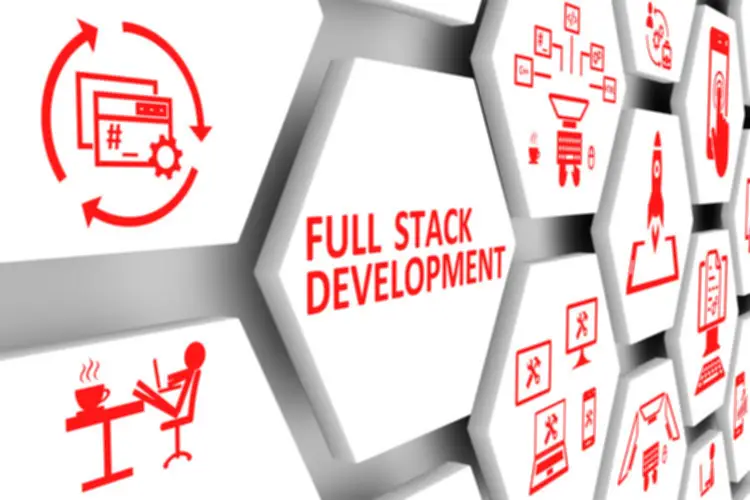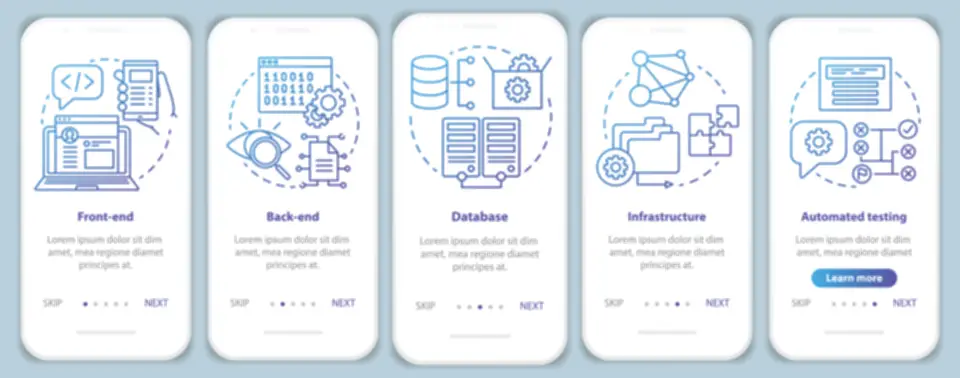Integrating numerous gadgets, protocols, and cloud companies necessitates sturdy administration strategies. Deployment complexities, interoperability points, and device-cloud platform compatibility can impede seamless operations. With the cloud’s elasticity, organizations can effortlessly scale up or down their resources based on the demand of IoT functions. This ensures that the infrastructure can handle spikes in information volume and accommodate future progress with none efficiency points or disruptions. IoT gadgets acquire all types of knowledge, including sensitive knowledge such as health, financial and personally identifiable info (PII). This information requires protection from privacy and integrity breaches by malicious actors.

Cloud IoT is an structure that connects all the necessary IoT gadgets to cloud-based servers, resulting in real-time knowledge analytics, data-driven decision-making, optimization, and threat mitigation. With collaborative efforts from trade leaders, progressive options, and a commitment to harnessing the potential of IoT in the cloud, we stand getting prepared to a future brimming with potentialities. The continued evolution of this ecosystem guarantees enhanced efficiencies, unprecedented innovation, and a reshaping of the greatest way fog computing vs cloud computing companies function and individuals interact with expertise.

Meta Trains Ai Fashions On European Public Knowledge
One seen plus of IoT cloud computing is the flexibility to scale up or down based mostly in your particular wants. This removes the necessity on your company to construct and maintain pricey on-premises storage infrastructure. Past these companies, numerous cloud suppliers combine intelligence capabilities like AI/ML to automate some routine tasks (e.g., data entry or analytics) and increase personalised experiences.
From revolutionizing information analytics to optimizing infrastructure management, the synergy between IoT and the cloud has showcased transformative potential throughout industries. IoT cloud computing typically involves heterogeneous devices from different manufacturers, leading to interoperability challenges. The lack of standardized protocols and communication frameworks could hinder seamless interplay between units and cloud platforms, necessitating standardization efforts to ensure compatibility and integration.
Cloud computing is a way to make use of computer providers, like storing data or operating applications, over the web without utilizing our machines or equipment. For instance, warranty info could be paired with IoT-collected data to predict upkeep incidents. This can be utilized to proactively provide customer service and construct buyer loyalty. The Web of Things provides companies entry to superior analytics that uncover new opportunities. For instance, businesses can create extremely focused promoting campaigns by amassing information on customer behavior.
IoT platforms offer robust instruments and APIs for application development and integration. Developers leverage these sources to create customized applications, seamlessly integrating them with current systems and fostering revolutionary IoT solutions tailor-made to particular necessities. The interconnected nature of the IoT in the cloud introduces intricate security vulnerabilities. IoT gadgets, typically dealing with delicate data, turn into potential targets for cyber threats. Making Certain end-to-end encryption, robust authentication mechanisms, and common security updates are essential for defense against unauthorized access and data breaches. These are just a few examples of how Cloud IoT is being utilized in numerous industries.
Is The Cloud Needed For Iot?
The information is uploaded to cloud platforms for analysis, providing farmers with detailed insights into crop health, pest exercise, and soil circumstances. This technology enables exact interventions and better administration of agricultural resources. Cloud platforms analyze this information to establish patterns, inefficiencies, and opportunities for vitality financial savings. This integration enables real-time monitoring, automated changes, and predictive maintenance, resulting in lowered vitality costs and improved sustainability. Good logistics and provide chain management leverage IoT gadgets and cloud expertise to reinforce efficiency. IoT sensors monitor shipments in real-time, monitoring components like temperature, location, and humidity.
Instead of identities being issued and managed by a central platform or even a single blockchain, DIDs allow gadgets (and their owners) to manage their very own cryptographically safe, interoperable identities. From optimizing vitality consumption in smart buildings to monitoring chilly chain integrity for prescribed drugs, its purposes are boundless. Without a foundational layer of verifiable truth, the promise of IoT stays fragile. This is where blockchain technology transcends its crypto roots to turn into the essential belief structure for our related world.
Cloud computing is a paradigm that entails the supply of computing services, including storage, processing energy, and software purposes, over the web. As A Substitute of relying on local infrastructure and resources, companies and individuals can access and utilize a shared pool of computing resources offered by cloud service suppliers. Cloud computing provides the infrastructure for storing, managing, and analyzing the large volumes of knowledge what are ai chips used for generated by IoT devices. It allows real-time information processing, scalable storage solutions, and powerful analytics tools that improve the functionality and efficiency of IoT applications.
- This is especially essential in industries like healthcare, autonomous automobiles, and manufacturing, where well timed decisions are important.
- This is the place the time period “IoT cloud computing” is introduced to explain the mix between IoT and the cloud.
- Just like differences, there are similarities between cloud computing and the web of issues.
- This permits for extra progressive, data-driven decision-making and fosters a proactive strategy to business challenges, including predictive analytics, automated responses, and AI-driven strategies.
- Cloud computing is a convenient way for big information packets created by the Web of Issues to transit.
It contains end-to-end encryption between related devices, secure APIs, and reliable platforms for app growth. Frequent standards and protocols for knowledge change between IoT units and cloud computing resources are essential to solving such issues. Merging IoT and cloud computing can significantly improve efficiency and reliability for companies. This combination allows sooner entry to real-time data, which can be swiftly analysed, providing actionable insights for better decision-making. Encryption protocols like Transport Layer Safety (TLS) can secure delicate data transmitted between devices over the community.
Cloud computing is digitalized infrastructure, knowledge facilities, and network-based technologies that make attainable the delivery of companies and sources. Cloud computing provides computing assets and services over the web, which cuts down on the need for big infrastructure and excessive machine upkeep. IoT refers to a system of interconnected units that enable communication of data between units, probably over the identical network. A cloud service uses a network of data servers situated across multiple geographical areas that store a quantity of copies of backed-up data.
By combining the facility of IoT units, network connectivity, and cloud computing, Cloud IoT supplies a scalable and environment friendly infrastructure for collecting, processing, and analyzing IoT data. This allows organizations to gain useful insights, automate processes, and drive innovation in numerous industries. IoT gadgets produce huge quantities of knowledge that must be efficiently stored and managed.
Cloud-based IoT platforms incorporate sturdy security measures similar to end-to-end encryption, secure authentication protocols, and common safety updates. Moreover, they function redundancy and failover mechanisms, guaranteeing excessive availability and reliability. The robust functionality of cloud-based IoT platforms lies at the heart of the cloud IoT ecosystem, serving as centralized hubs for managing and harnessing interconnected devices’ potential. Community latency, bandwidth limitations, and intermittent connectivity can disrupt normal operations and system administration.
This integration helps farmers enhance crop yields, reduce resource waste, and make data-driven decisions https://www.globalcloudteam.com/, leading to more sustainable agricultural practices. Cloud-based techniques additionally allow predictive analytics, helping retailers forecast tendencies and make informed buying decisions. Additionally, sensible cabinets, automated checkout techniques, and personalized marketing are made attainable via this technology, enhancing the shopper experience.


Leave a Reply